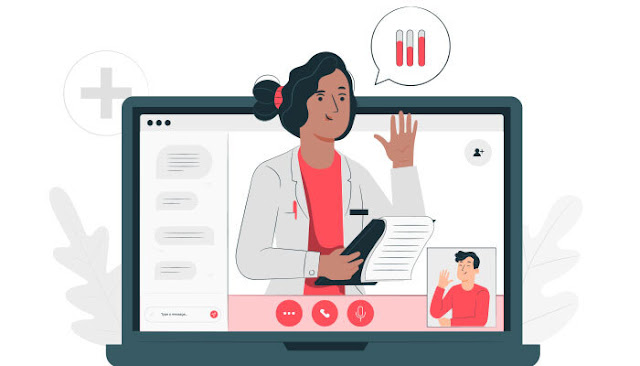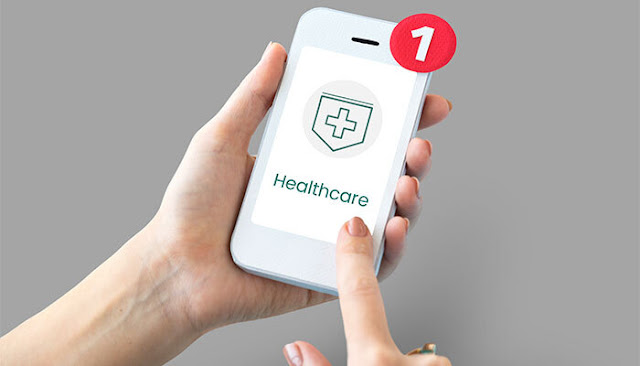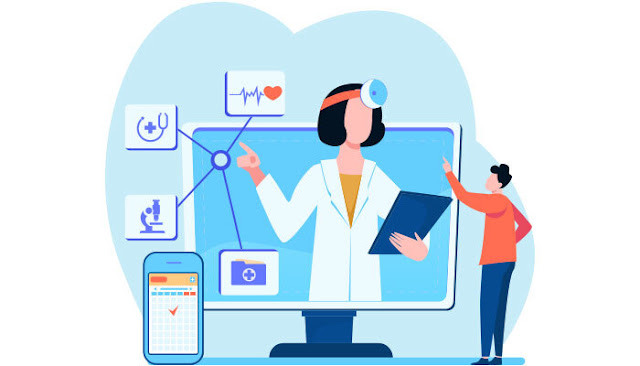How Telemedicine Platforms Makes Healthcare More Efficient
These problems are efficiently addressed by telemedicine technology. Telemedicine platforms may improve staff efficiency and decrease costs while also enhancing the quality of care, patient happiness, and clinical results by providing real-time, two-way interactive video consultations between physicians and remote patients.
Provide Efficiency
By charting the visit during the live video conference, physicians may save time and enhance accuracy. Doctors frequently wait until the end of the day to chart notes for all of the day's appointments during in-person visits. This is not only time demanding, but it can also lead to certain detail lapses.
In addition, telemedicine appointments are typically faster than in-person consultations. According to one research, the average video session lasts around 12 minutes, which is roughly 20% less time than in-person consultations. This might be because virtual meetings are more concentrated and to-the-point, according to analysts.
Resource Utilization
Telemedicine lowers healthcare expenditures by decreasing the readmission rates of hospitalized and released post-acute patients. According to the researchers, the increased frequency of consultations aids physicians in ensuring that these patients are adhering to their treatment programs and taking their drugs as prescribed.
Chronic illness management can also be aided by technology. Regular monitoring, according to the researchers, gives early warnings of disease-related alterations that may be treated before they reach a critical stage.
Staff Efficiency
Telemedicine provides a multitude of auxiliary benefits to administrators, managers, receptionists, and nursing personnel. The staff gets more time to perform administrative responsibilities like patient scheduling, data entry, billing, and more with fewer in-person visits.
Staff exposure to patients with viruses, influenza, measles, and other infectious diseases can also be reduced with remote consultations. Telemedicine can also help enhance operations by lowering no-shows, which cause scheduling issues and revenue loss.
At the same time, the technology may help clinics increase income by allowing them to accept new patients who don't have easy access to their doctors or who prefer the convenience of video consultations.
To secure sensitive patient data, telemedicine needs a high-performance, highly accessible Internet connection with strong security.
GDS's private, secure software-defined WAN solution with elastic bandwidth and several "last mile" choices fits these needs. The solution is completely managed 24 hours a day, seven days a week, with a single support number and a single charge for all services.
In the past few years telemedicine has proved to be quite an important aspect of healthcare industry. Both patients and healthcare providers are embracing this change with open arms.
As telemedicine is affordable, easy to conduct, and has the liberty of conducting virtual consultation from anywhere at any time.






.jpg)

Comments
Post a Comment